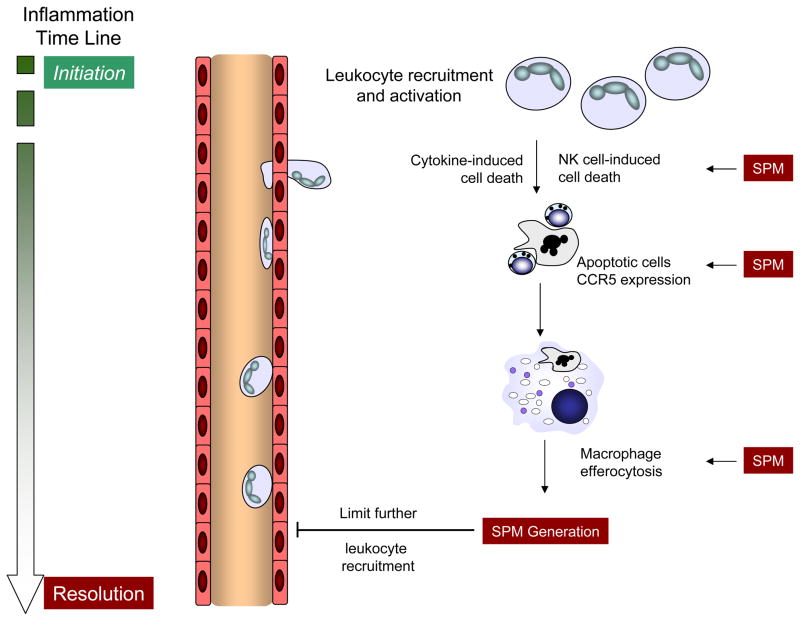Figure 1. SPM promote the resolution of tissue inflammation and limit further leukocyte recruitment.
With the initiation of acute inflammation, circulating leukocytes are recruited from the microcirculation to tissues to respond to an invading pathogen, organ injury or a noxious stimulus. To prevent excess inflammation and collateral injury of healthy tissue, there are several mechanisms to restrain the inflammatory response, some of which are illustrated here. With source control, neutrophils (cytokine- or NK cell-induced) and T-cells (activation-induced) undergo apoptosis. SPM increase apoptotic leukocyte expression of CCR5 that serves an important pro-resolving role as a chemokine scavenger. Macrophage efferocytosis of CCR5-expressing apoptotic leukocytes effectively clears the cellular debris and pro-inflammatory chemokines and concomitantly initiates the generation of SPM that also limit further leukocyte recruitment, activation and maturation. These cellular events are pivotal to the termination of acute inflammation.

